
W. G. Sebald, from photographs labeled “Korsika Sept 95.”
I lay motionless for a long time by the little quicksilver stream that even now, at the end of summer, ran constantly down over the last granite steps of the valley floor, with that proverbial babble familiar to me from some dim and distant past, only to give up the ghost without a sound on the beach and seep away.
—W. G. Sebald, Campo Santo
The pebbles, rocks, and boulders that can be found in the stream that runs down into the Bay of Ficajola, Corsica, share a waypoint but not an origin. Some have been dislodged from adjacent hills and mountains by rain and conveyed downstream until friction and gravity curtail their transport to the sea. Some preexist the flow of water, their geological makeup stubbornly resisting any attempt to shift or dissolve them. Others have been placed there deliberately, to serve as stepping stones or to dam the stream and divert its course. They differ in age by millennia. But there in the riverbed, the ragged edges of their cleaved histories worn smooth by the agency of the current, the stones share a resemblance.
The photographs in the published work of W. G. Sebald represent a similar miscellany of beginnings, with each peculiar form interrupting and channeling the text as it moves toward its inevitable close. “Fiction,” Sebald once observed in conversation with Eleanor Wachtel, “is an art form that moves in time, that is inclined towards the end, that works on a negative gradient.” To resist this dynamic, he concedes, is a difficult task for both the reader and the writer. However, an innate desire to “arrest the passage of time” persists, and it is this that draws us to “certain forms” of visual art. For example, he continues, when you look at a painting:
You are taken out of time, and that is in a sense a form of redemption, if you can release yourself from the passage of time. And the photographs can also do this—they act like barriers or weirs which stem the flow.
For Sebald, considering the debris gathered in these “tiny pools of timelessness,” as he called them in another interview, provides us with the material for assembling alternative histories—novel configurations of people, things, places, and events contingent on nothing but a shared reprieve from oblivion. Historiographically, these patterns are dynamic, their potential to coalesce into a meaningful image temporary. The provisional nature of this knowledge, like the content of a found photograph, he suggests, corresponds to the precarious nature of its materiality. Any inclination to consolidate such transitory matter into a meaningful design, he told the journalist Michaël Zeeman,
has no higher ambitions than, for a brief moment in time, to rescue something out of that stream of history that keeps rushing past. This is why, among other reasons, I have photographs in the text, because the photograph is perhaps the paradigm of it all. The photograph is meant to get lost somewhere in a box in an attic. It is a nomadic thing that has only a small chance to survive.
Not all of Sebald’s photographic salvage is reproduced in pattern books of his prose. Those that are possess a particular characteristic, a resilience in relation to the flow of the text that changes—like the stones in the Bay of Ficajola—the conditions of their context. Inherent within their makeup is something that resists their erosion into words, something that must be seen and not read. A picture, explained Sebald in one of his last interviews,
being visual information, can be contemplated, it does not have to be decoded in time. You can just sit and see it, and the ideal reader for me would be a reader who doesn’t read the text but sees it, who lifts it out of the perennial wasting which occurs in time.
The images are there not only to guide and channel the reading but to fundamentally transform it—their work is to transform the act of reading into looking. As Theodor Adorno, the German critical theorist and longtime influence on Sebald, wrote in his exegesis on “melancholy science,” Minima Moralia: “The splinter in your eye is the best magnifying-glass.” In the moment of looking, the text, pushed to the peripheries of vision, is rendered almost transparent; pushed to the limits of focus, it dissolves into a field of gray. Like the moons in Saturn’s rings, it is in this nebulous fringe of shifting patterns that the photographs find simultaneously both their origin and their annihilation. “I begin by surveying things I’ve accumulated: notes, documents, bits of transcribed interviews,” Sebald explained in another of his final interviews. It is here, among the aggregated fragments and remnants that the photographs most often belong.
Watching a video of Sebald, at his desk, surveying his photographs with magnifying glass in hand, it is tempting to interpret his work—the prose fiction, the poetry, the essays—as existing, prior to the texts, as an assemblage of pictures. One imagines a pristine terrain of images being dissolved into the current of language, each photograph gradually written away until only the most unyielding ones remain. The jumble of photographs and manuscript pages obscuring and framing each other in the television image of Sebald’s desk are reflected in a similar mixed spatial and temporal aggregation on the printed page, where the whole is defined as much by overlapping and masking as by juxtaposition. Sometimes the edges of the photographs cause shadows to fall on the text and vice versa. Windows and lighthouses, doorways and gravestones: sometimes, the images protrude from the temporal plane of the writing (the time of the narrative); sometimes, they are visible from below the surface. The interruption of reading performed by the images confirms the irregular chronological dynamic of Sebald’s work. Constantly hindered, sent back into countless eddies and still backwaters, time, like the mineral water that is sieved through the salt frames of Bad Kissingen, percolates as much as it flows.
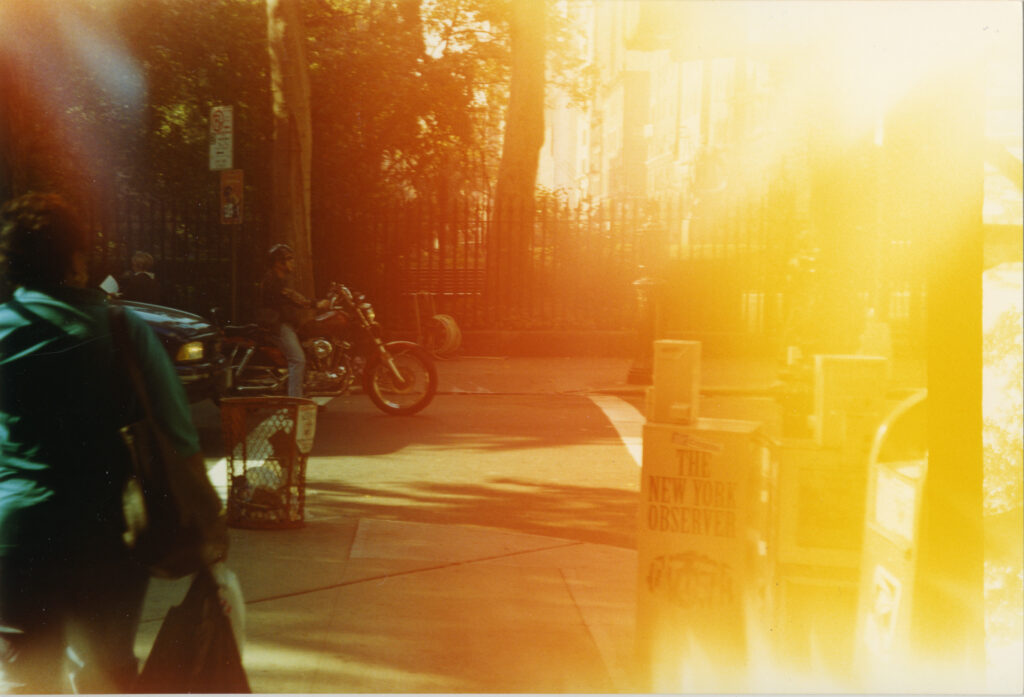
W. G. Sebald, from photographs labeled “Amerika 97.”
From “October Heat Wave”:
From the flyover
that leads down
to the Holland
Tunnel I saw
the red disc
of the sun
rising over the
promised city.By the early
afternoon the
thermometer
reached eighty-
five & a steel
blue haze
hung about the
shimmering towerswhilst at the White
House Conference
on Climate the
President listened
to experts talking
about converting
green algae into
clean fuel & I layin my darkened
hotel room near
Gramercy Park
dreaming through
the roar of Manhattan
of a great river
rushing into
a cataract.
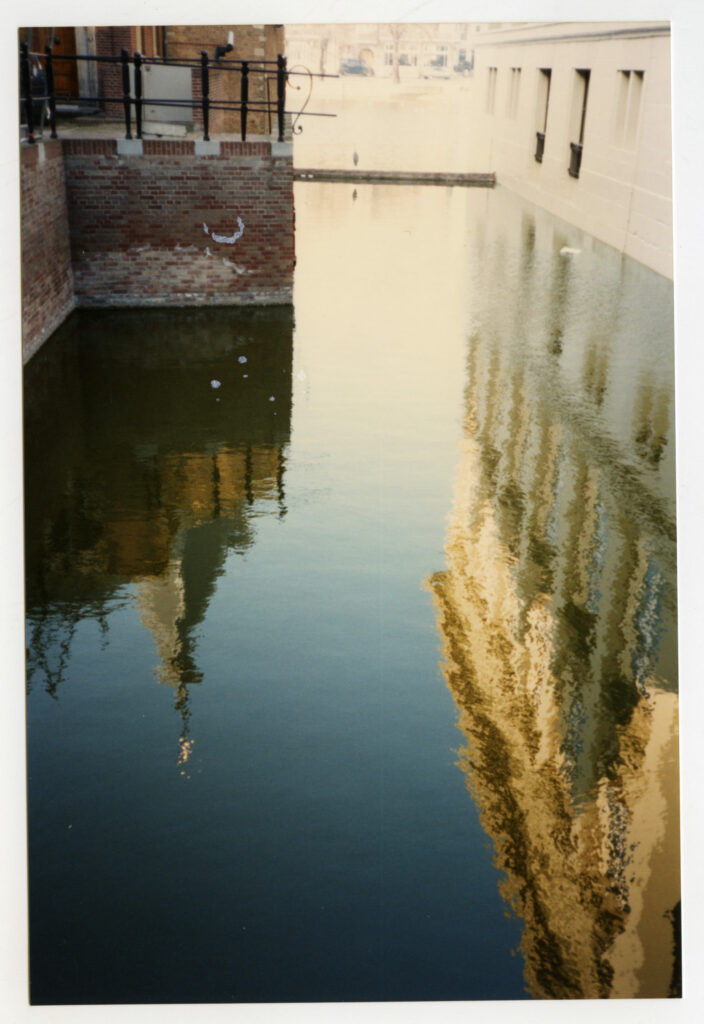
W. G. Sebald, from photographs labeled “Den Haag” (1993).
From The Rings of Saturn:
Report has it that when the house [the Mauritshuis] was opened in May 1644, three hundred years before I was born, eleven Indians the Governor had brought with him from Brazil performed a dance on the cobbled square in front of the new building, conveying to the townspeople some sense of the foreign lands to which the power of their community now extended. These dancers, about whom nothing else is known, have long since disappeared, as soundless as shadows, as silent as the heron I saw when I set off once more, flying just above the shining surface of the water, the beat of its wings calm and even, undisturbed by the traffic creeping along the bank of the Hofvijver. Who can say how things were in ages past?
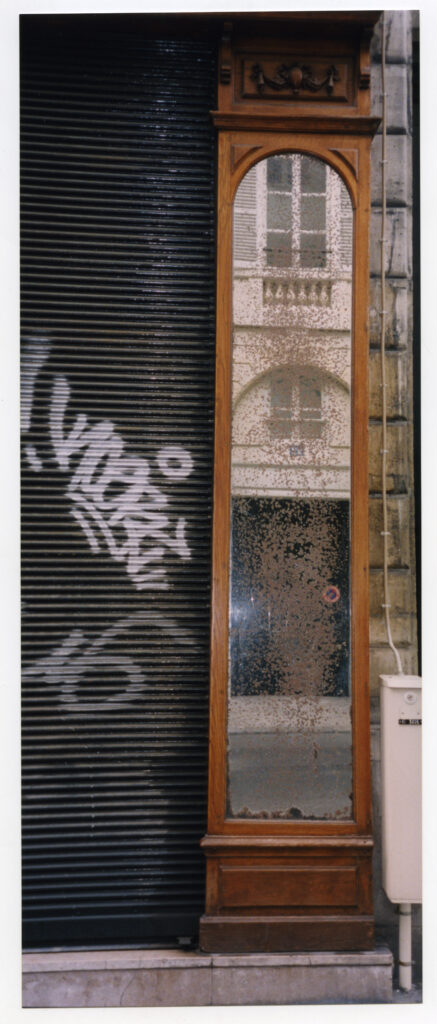
W. G. Sebald, from photographs labeled “Paris IX 99.”
From Austerlitz:
For instance, if I am walking through the city and look into one of those quiet courtyards where nothing has changed for decades, I feel, almost physically, the current of time slowing down in the gravitational field of oblivion. It seems to me then as if all the moments of our life occupy the same space, as if future events already existed and were only waiting for us to find our way to them at last, just as when we have accepted an invitation we duly arrive in a certain house at a given time. And might it not be, continued Austerlitz, that we also have appointments to keep in the past, in what has gone before and is for the most part extinguished, and must go there in search of places and people who have some connection with us on the far side of time, so to speak?
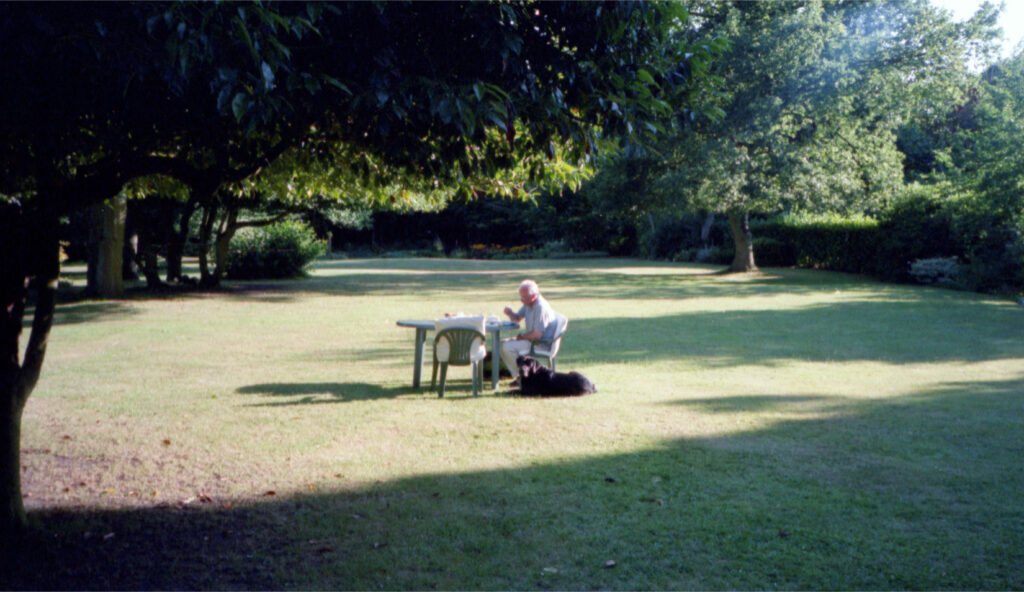
Max und Moritz. Old Rectory, Poringland, Norfolk, August 1999.
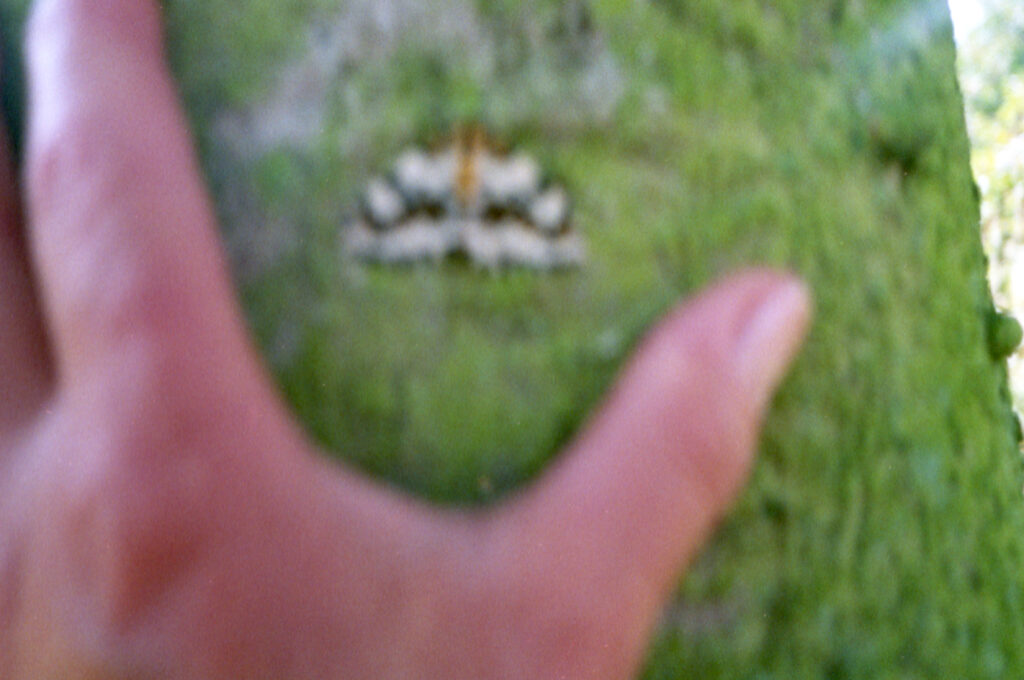
Max und Moritz. Old Rectory, Poringland, Norfolk, August 1999.
From “On the Natural History of Shadows” by Nick Warr, in Shadows of Reality: A Catalogue of W. G. Sebald’s Photographic Materials, edited by Clive Scott and Nick Warr, forthcoming from Boiler House Press this month.
Nick Warr is a lecturer in art history and curation in the School of Art, Media, and American Studies at the University of East Anglia. He is also the East Anglian Film Archive’s academic director and photographic collections curator.
from The Paris Review https://ift.tt/epESKWj
Comments
Post a Comment